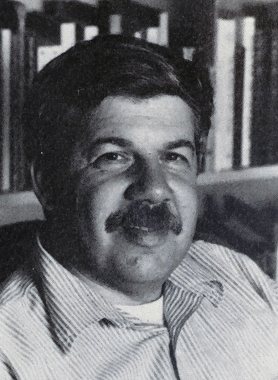

Skelton: Evolution (1993)
One of his most sensational ideas concerned the speed of the evolution process. Darwin supposed that speciation was a very gradual process covering hundreds of thousands or millions of years. With a brilliant study on trilobite populations Gould proved, together with Niles Eldridge, that evolution can pass off very quickly. He came forward with the theory of the punctuated equilibrium, posing that new species can come into existence in a very short time as a consequence of a disturbance of the equilibrium and also that thereafter the species can stay unchanged during a very long time.
Know more?
Biography of Stephen J. Gould
C represents Gould's model (punctuated equilibrium). According to this one a species remains unchanged during a long time, until as a consequence of a disturbance of the environment important changes occur, giving rise to a new species. This quick origin of new species could explain the rarity of intermediate forms, a problem Darwin was already struggling with.
Gould's model can occur, but species stay only unchanged when the circumstances are extremely stable and that is not often the case. Mostly other animal and plant species exert also pressure, causing changes in a species. That's why model B comes closest to reality : gradual changes and sometimes the formation of a new species in a (relatively) short time.
Know more?
Punctuated equilibrium